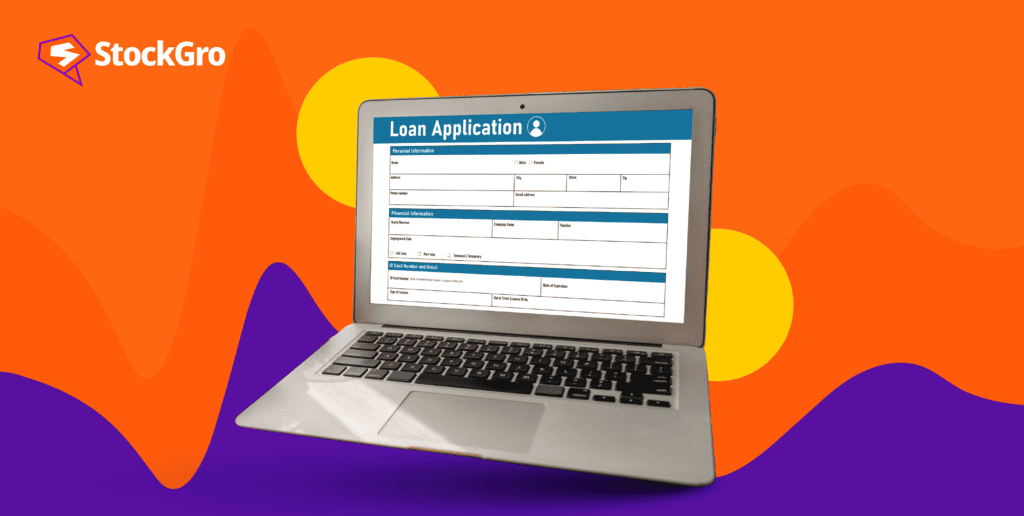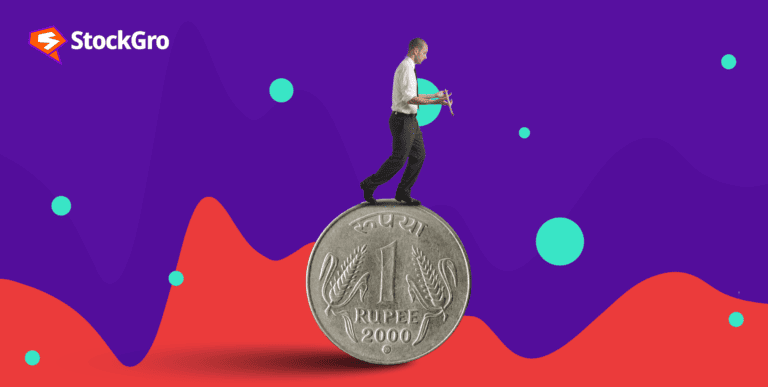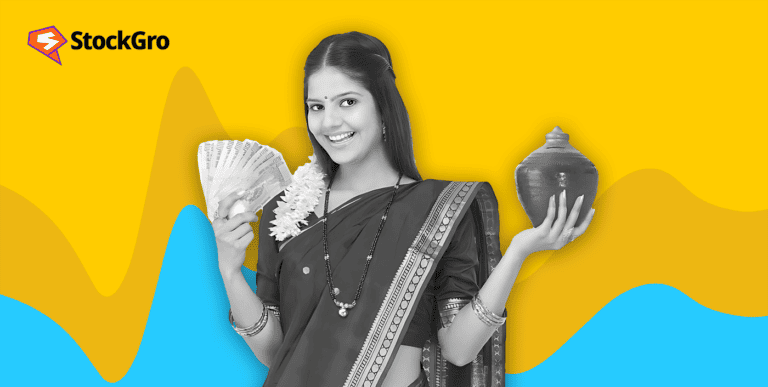
Securing a loan can be an exhausting and time-consuming process, even for people who are earning a salary. Your credit score, employment history, and pay slips from the past are some of the things that are considered while analysing your loan application.
The Indian government offers a helping hand in this situation for the unemployed youth of the country.
In this article, we have spotlighted government loans that enable financially-strapped youth and women to create employment. Gain insight into the Pradhan Mantri Rozgar Yojana scheme and learn the terms, from relaxed age limits to subsidised funding and training.
Understand the complete picture in under 7 minutes.
Also read: Empowering India: A deep dive into the 4 components of financial literacy
The current employment scenario in India
In India, unemployment is an ongoing issue that keeps making the economy tricky to navigate. As one of the world’s fastest-growing countries with a diverse labour force, changes in the unemployment rate have a significant impact on the economic development and growth of this nation.
The latest numbers show that there is a spark of optimism because India’s unemployment rate has recently gone down. After reaching a high of 17.8% in 2017–18 and 12.9% in 2020–21, the unemployment rate among individuals between 15–29 in both urban and rural areas fell to 10% in 2022–23.
Despite the current economic complexity, this positive growth may indicate a potential improvement in the employment market. Additionally, people from every aspect of society are showing a growing preference for entrepreneurship and a spike in better academic achievement, which is supporting this transition.
To support this growing preference and the economy as a whole, the government has also introduced certain government loans for unemployed youth.
Also read: Delayed gratification: The ultimate strategic planning for success
How is the employment status calculated?
A critical economic measure in India is the unemployment rate, which is given as a percentage and changes depending on the current state of the economy.
The Indian government primarily uses the Periodic Labour Force Survey to determine the unemployment rate or the percentage of the labour force that is unemployed.
The number of people who are either actively seeking employment or are of working age (defined as those who are 15 years old or older) is the primary indicator of the size of the labour force. Every location, whether urban or rural, is included in the survey.
Significant events impacting the unemployment rate in India
The unemployment rate in India has been greatly affected by several significant events that have occurred during the country’s economic history.
During the 2008–2009 global financial crisis:
Growth slowed, and job possibilities fell across several industries as a result of the global financial crisis of 2008.
Demonetisation (2016):
When the government decided to get rid of high-value currency notes in 2016, it slowed down the economy, especially in the private sector, which led to sudden layoffs.
Goods and Services Tax (GST) in 2017:
While the Goods and Services Tax (GST) was introduced to streamline the tax system, it had a temporary negative impact on companies and jobs.
2020 covid-19 pandemic:
There was a dramatic increase in the unemployment rate in India as a consequence of the lockdown policies imposed in response to the COVID-19 outbreak and the companies getting shut down.
Rising inflation:
The present unemployment rate in India is impacted by inflationary pressures that the country has experienced over decades. Demand for products and services might fall when high inflation rates reduce people’s buying power.
A spike in the unemployment rate may follow as a domino effect from companies lowering costs by reducing staff or cutting roles altogether.
Also read: Your guide to setting S.M.A.R.T. financial goals
Pradhan Mantri Rozgar Yojana (PMRY): Indian government loan scheme for unemployed youth
To combat the rising unemployment rate, India launched some government loan schemes for unemployed youth to boost the economy and bring the unemployment rate down.
To encourage educated women and young people to launch their businesses, the central government launched the Pradhan Mantri Rozgar Yojana. The government offers training and subsidised loans via this scheme so that people may find jobs in the service, manufacturing, and business sectors.
The loan amount varies from ₹1 lakh for the business sector to ₹10 lakhs for joint ventures, with ₹2 lakhs for other activities.
A ten-year age relaxation is in place for women, ex-servicemen, physically challenged people, SC/STs, and any educated unemployed people between the ages of 18 and 35 who are eligible for the scheme. There would be 22.5% SC/ST and 27.5% OBC reservations under the plan.
The programme covers all financially viable activities, including agriculture and related industries, with the possible exception of direct agricultural businesses such as crop production, manure purchasing, etc.
Eligibility criteria for PMRY
- All applicants are required to have completed eighth grade.
- No household shall have a monthly income of more than 40,000 rupees per year.
- The applicant has been a resident at the current address for at least three years.
- The applicant must not have a history of nonpayment with any national bank, cooperative bank, or financial institution.
- Women and applicants from SC/ST categories would get assistance under the programme.
- Women and people from SC/ST categories would be able to apply up to the age of 45.
- The age limit for recipients from states in the northeast remains at 40 years.
Documents needed
- A thoroughly filled out application.
- Identification papers (Voter ID or Ration Card) showing residency in the applicable district.
- Official document attesting the birth date (birth certificate, etc.).
- Proof of educational qualifications.
- If any training has been done.
- Proof of family earnings.
- Certificate of caste, if applicable
Advantages of PMRY
- Loans are provided to participants at standard interest rates under the programme.
- Borrowers have three to seven years after the end of the moratorium period (a certain time during the term of a loan when the borrower does not have to make regular loan payments) to pay back the loan.
- There is no need for applicants to pledge anything for projects up to ₹1 lakh.
- A maximum subsidy of ₹15,000 would be available to one individual, constituting 15% of the total project cost.
- Beneficiaries get training within fifteen to twenty days to guarantee the launch of their businesses.
- Project margins for amounts up to ₹2 lakh might be anything from 5% to 12.5% of the total cost.
Conclusion
In conclusion, the Indian job market is going through a significant shift. Keeping the current unemployment scenario in mind, we have covered how the Pradhan Mantri Rozgar Yojana can help one get a loan to start their own business, have a solid source of income, and boost the economy even if they are currently unemployed.
Now is the time to start your own business and polish your business skills with the help of such government initiatives.

